Cambodia
Things to DO
Tuk Meas
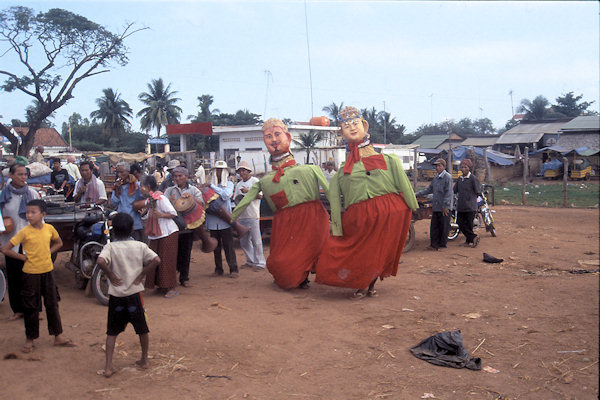 |
|||||
Tuk Meas is an agreeable backwater to spend the evening.
It lies in the shadow of a couple of big karsts or limestone mountains, and there are good photographs in the morning when the sun hits
the karsts.
There is also an old French bridge in town, and a road leading out to an old phosphate factory. In fact, it was the Koreans who built
the factory and they also built a guesthouse, but they have long since departed.
The guesthouse is not marked, so you will have to ask for it, and the owner will have to be called to bring the keys. We were told that
no foreigners had stayed there in nearly a year.
It was clear from the stares that Tuk Meas is not on the regular backpacker itinerary, but when you're here, there is a nice market in
town.
Kep
 |
|||||
Prasat Phnom Chngauk
This cavern complex contains one of the earliest recorded discoveries of Indian artifacts in the country.
There is a brick prasat within the cave that dates to the Funan period (1st -6th century).
The walls of the cave are smoothly carved; seemingly liquid formations organically worn away by a millennia, or more of monsoon.
The temple itself has a stalactite emerging through the roof to become the center of veneration. The stalagmite that accompanies
this formation is the actual growth that is held sacred. It has over the course of millions of years grown into an almost perfect linga.
This temple is dedicated to Shiva and provides the first example of solely Indian influenced architecture.
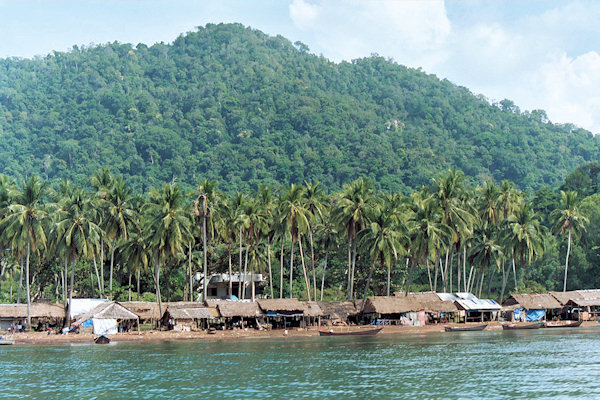 |
|||||
Koh Tonsay
Koh Tonsay (Rabit island) is a short boat ride off the coast to Kep and is so named because locals say it resembles a rabbit.
It has several beaches and it is possible to stay with local families, as long as you can agree on a price for food and lodging.
Malaria is prevalent on most islands off Cambodia's coast, so come prepared with a bucket of repellent and a mosquito net.
Boats can be arranged at the first cluster of food stalls on the coast road.
Kampot
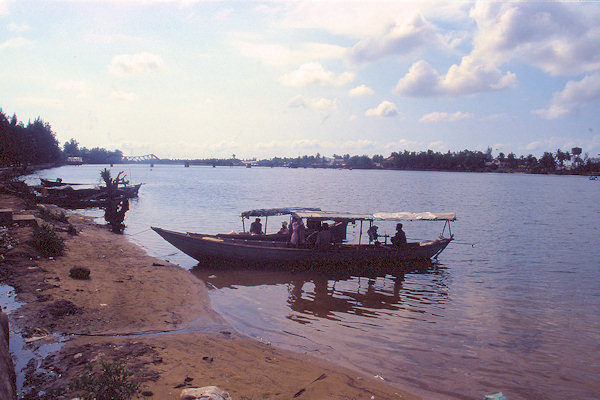 |
|||||
The somnolent riverside town of Kampot is beginning to attract the visitors it deserved.
It is a charming place with a rich French architectural legacy and a relaxed atmosphere.
It wasn't always this way. Kampot remained a dangerous place to visit until the mid-1990's due to the presence of Kmer Rouge
units in the surrounding hills.
A train travelling between Phnom Penh and Shianoukville was ambushed in july 1994. Three foreigners and a large number of Kmers were
kidnapped. The three Westers were subsequently executed by the Kmer Rouge, as gouvernment forces closed imn on Phnom Voal wher they
were being held.
Justice comes slowly and only one man is currently behind bars for this crime - Nuon Paet, the local Khmer Rouge leader at
that time.
But things are save now and taking a part of the Phnom Pehn-Sihanooukville railway is a nice way to get a tast of life on the rails.
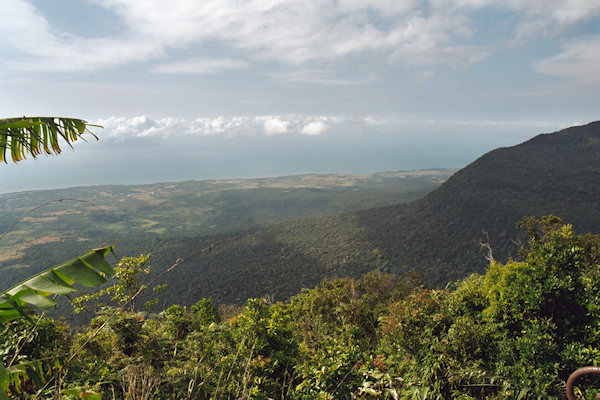 |
|||||
Bokor National Park
Boker National Park is one of the country's largest protected areas. It has been open to visitors several years, having long been
kept off the map due to Kmer Roughe activity and more recently the precense of illegal loggers.
A decade ago there was talk of making this vast tropical forest a World Heritage site, but sadly, extensive illegal logging put an
end to this initiative.
The park is home to significant numbers of birds and mammals, including elephants. However, most of the animals are nocturnal and
inhabit the more remote areas of the park, so don't expect to see much wildlife.
Popokvil Falls
Within the park boundaries are the Popokvil Falls: these two-tieredwaterfall is a fine place to bath on a sunny day.
The name translates as "Swirling Cloudes" and for much of the time there do indeed appear to be swirling clouds just above the falls.
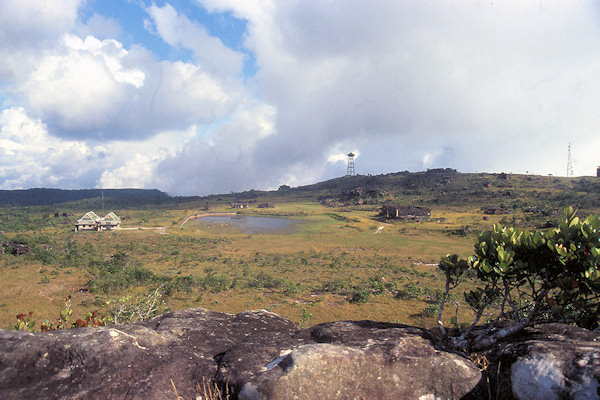 |
|||||
Bokor Hill Station
Bokor Hill Station is a mountain top collection of buildings (hotel, casino, church, a royal residence etc) constructed by French
authorities in the early 1920s.
The hill station was twice abandoned; first when Vietnamese and Kmer Issarak (Free Kmer) forces overran it in late 1940s while fighting
for independence against the French, and again in 1970 when the Lon Nol regime left it to Kmer Rouge forces that were steadily taking
over the countryside.
Its altitude and commanding views made it a place of strategic importance to all sides during the long years of conflict in Cambodia,
and it was one location the Vietnamese really had to fight for during their invasion in 1979.
The Kmer Rouge held out for several months; one unit was ironically holed up in the Catholic church while the Vietnamese shot at them
from the Bokor Palace only 500 m away.
Years of neglect have left ghostly ruins - vestiges of a different age, often enshrouded in fog and clouds.
Sihanoukville
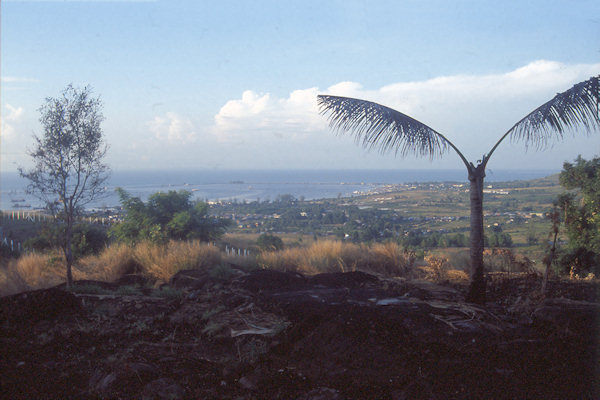 |
|||||
Wat Chotynieng
Wat Chotynieng, also known as Wat Leu (Upper Wat), this pagoda overlooks Sihanoukville from the top of Sihanoukville Mountain.
This is a peaceful place, and the monks are more than happy to chat to you in English. If you are polite and respectful, you may find
that the elders show you around.
In the back in the "vihear" (sanctuary) you can find portraits of the life of the Buddha, in vibrant colors.
In front are portraits of the founder Prince Junot and Lok Om, leader of the Buddhist community in the area until
his death in 1999.
Set around the area are many statues, in and among trees and poking their heads out cheekily at you.
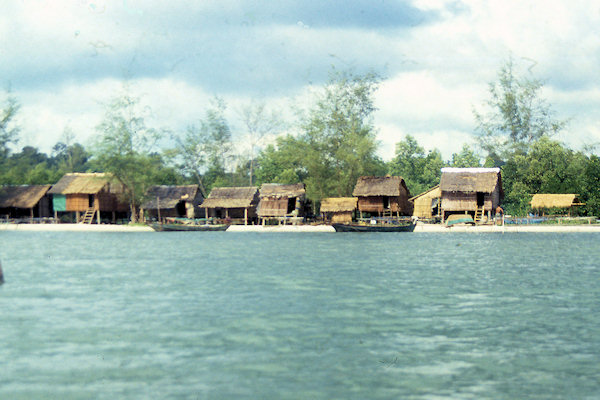 |
|||||
Ream National Park
The park was established as a 210 sq km protected area in 1993 and is home to a variety of animal and bird species and an expanse
of mangroves swamp and forest.
The park has boats to transport visitors along the river to untouched beaches.
The programme is very much in its infancy but certainly deserves support, as the boat trip can be both an adventurous and educational
ride and the income generated will ensure that the rangers protect the park instead od selling its firewood or poachingits wildlife
to make a living.
Ban Lung
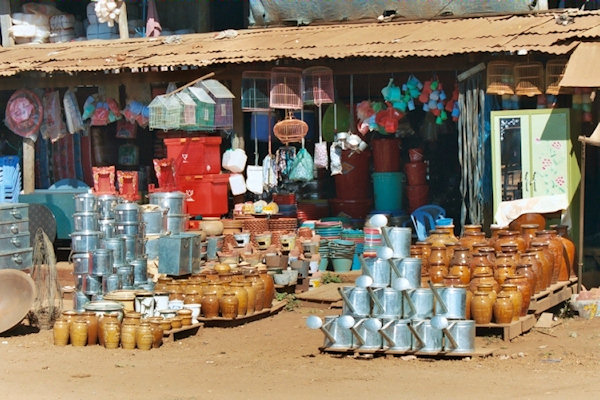 |
|||||
Ban Lung
Ban Lung is the dusty provincial capital of Ratanakiri Provence and the most popular base from which to explore the natural
attractions of the area.
Many of the inhabitants of Ratanakiri province come from minority groups known as Kmer Loeu (Upper Khmer), including Kreung,
Tompuon and Jarai. These tribes each have their own distinct language and costums, although today they dress as most
other poor Cambodians and lack the colourful clothing seen in Laos or Vietnam.
Many of the minorities from the surrounding villages come to Ban Lung to buy and sell at the market, making it one of the more lively
commercial centres in the province.
There are numerous waterfalls in the province, but Chaa Ong is the most spectacular, as it is set in a jungle gorge and you
can clamber behind the waterfall or venture underneath for a power shower.
On the way to the falls you pas a Reclining Buddha.
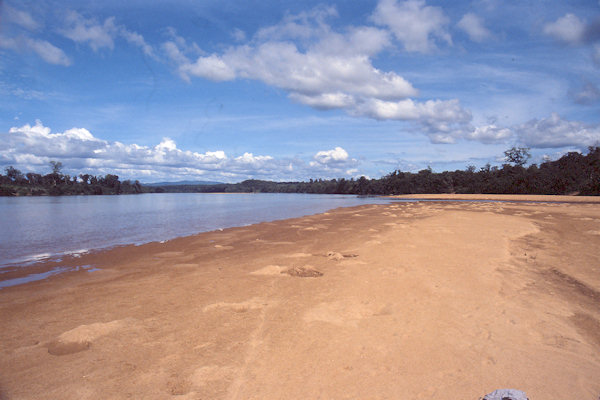 |
|||||
Voen Sai
Located on the banks of Tonlé San, Voen Sai is a pleasant little community of Chinese, Lao and Kreung villagers.
The village is home to Virachay National Park headquaters and the best place to organise a hike into the park with rangers as
guides.
Voen Sai is about 35km northwest of Ban Lung on an average-to-poor road.
Trekking has really started to take off around Ratanakiri, but be aware that most of these treks barely scrape the park itself,
and spend much of the time in the park buffer zone visiting Jarai-villages and some scenic spots; so it is important to make
clear arrangements with your guide to ensure you get what is expected out of a trip.
On a two or three day trip, you can arrange a sleep at the local villages.
 |
|||||
Tompuon people
The Tompuon people are a mountain people, living in communal villages that range from 100 to 400 inhabitants. The villages are often
laid out in a square, with a rowng, or communal house, in the center. Houses are built on three to six-foot-tall stilts to catch
cool breezes.
There is an impressive Tompuon Cemetery in the forest about a one-hour boat ride east of Voen Sai.
Family groups are buried side by side in the forest and there are effigies of the deceased. When a lengthy period of mourning is
complete, villagers hold a big celebration and add two carved wooden likenesses to the structures.
Some of these tombs date back many years and have been abandoned to the jungle.
Newer tombs of wealthy individuals have been cast in concrete and show some modern influences like sunglasses and mobile phones.